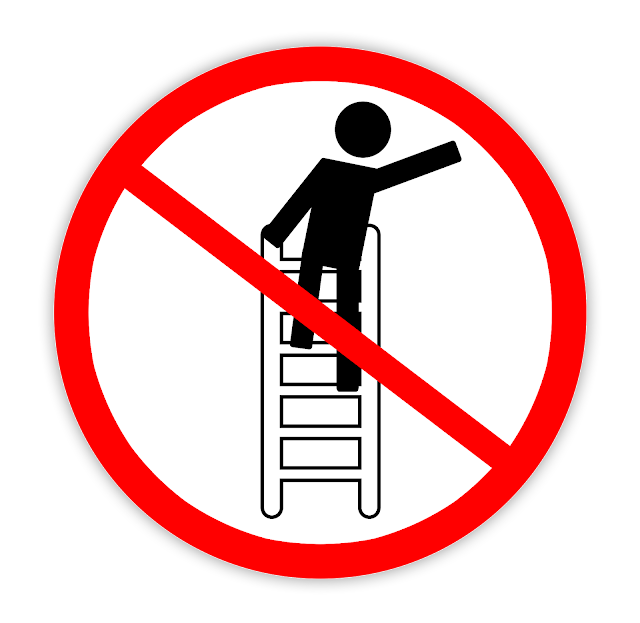Ladder Safety Toolbox Talks and Requirements for Portable ladder, Angle Ladder Safety
The standard for portable leaders content specific requirements designed to ensure work safety.
 |
| Portable Ladder |
Portable Ladder safety toolbox talks -
Load on Ladder - Self supporting (fold out ladder) and non-surgical (leaning) portable ladders most be able to support at least four times the minimum intended load except extra-heavy-duty metal or plastic ladder, which must be able to sustain 3.3 times the minimum intended load.
Angle ladder safety :
- Non-supporting ladders, which must lean against a wall or other support, are to be positioned at such an angle that the horizontal distance from the top support to the foot of the ladder is about 1/4 the working length of the ladder.
- In case of job-made wooden ladder, that angle should equal about 1/8 the working length. This minimise the strain of the load on ladder joints that may not be as strong as no commercially manufactured ladders.
 |
| Image Credit |
ExtensionLadders Safety - Rung on Ladder :
- Ladder rung, cleats, or steps must be parallel, level, and uniformly spaced when the ladder is in position for use. Rung must be spaced between 10"-14" inches apart.
- For extention trestle ladder, the spaciumist be 8"-18" inches for the base, and 6"-12" inches on the extension section.
- Rungs must be so shaped that an employee's foot cannot slide off, and must be skid-resistant.
Precautions to take for Ladder Safety - Slipping Ladder :
- Ladder are to be kept free of oil, grease, wet paint, and other slipping hazards.
- Wood ladder must not be coated with any opaque covering, except identification or warning labels on one face only of a side rail.
Other Requirements for the platform ladder safety toolbox -
- Fold-out or stepladders must have a metal speeder or locking devices to hold the front and back section in an open position when in use.
- When two or more ladders are used to reach a work areas, they must be offset with landing or platform between the ladder.
- The area around the top and bottom of ladder must be kept clean.
- Ladder must not be tied or fastened together to provide longer sections, unless they are specifically designed for such use.
- Never use a ladder for any purpose other the one for which it was designed.

Comments
Post a Comment